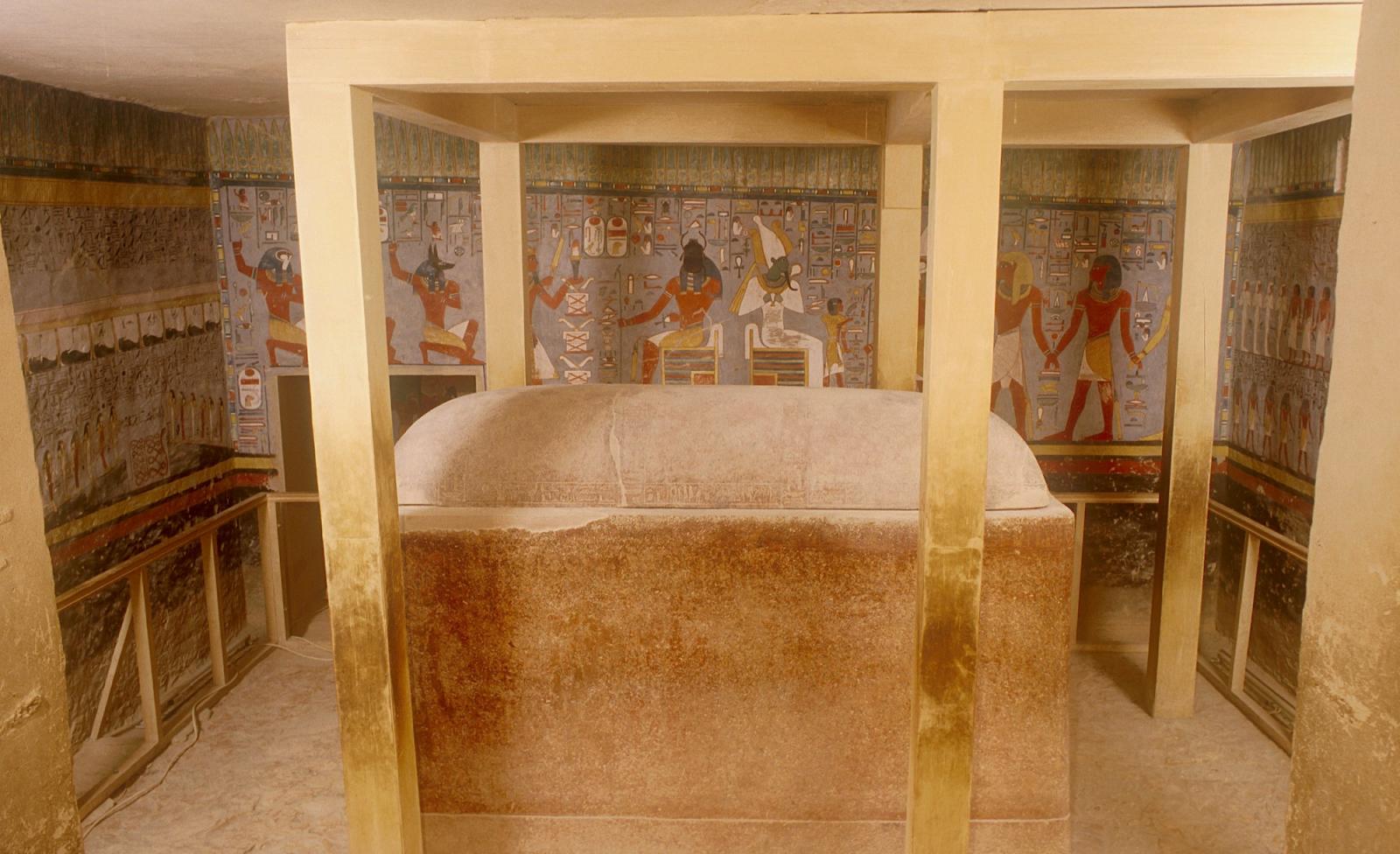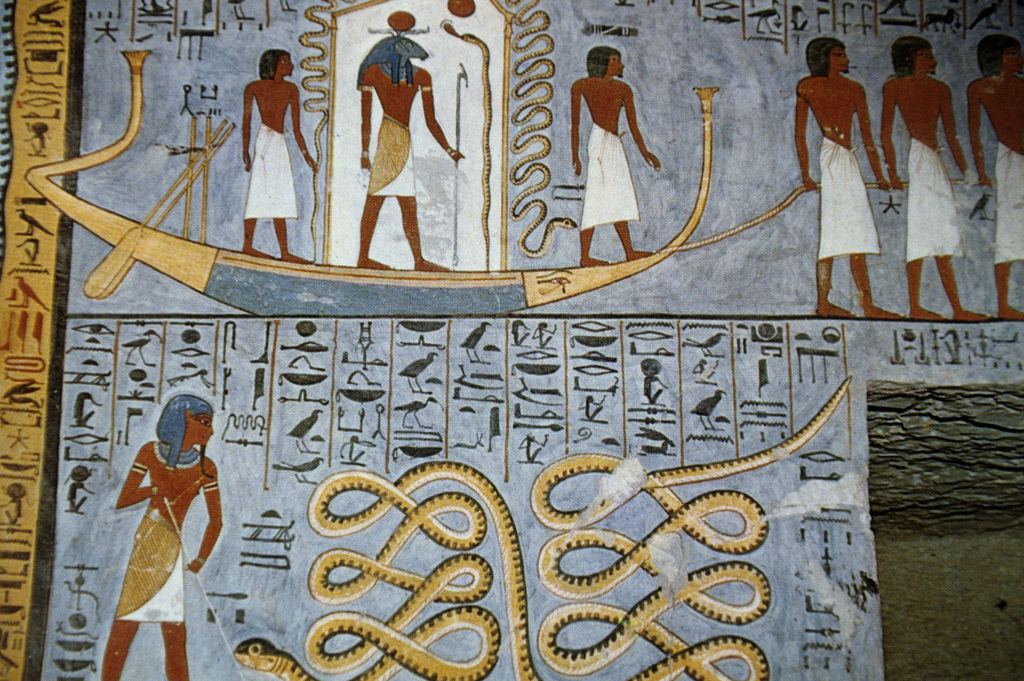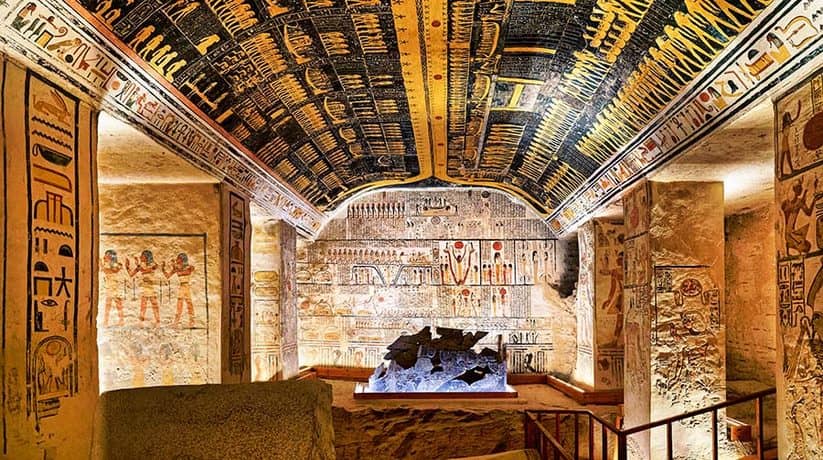Introduction
The tomb of Ramses I, known as KV16, is a fascinating archaeological site located in the Valley of the Kings near Luxor, Egypt. Although Ramses I had a brief reign of only about two years (1292–1290 BCE), his tomb marks the beginning of the powerful 19th Dynasty. Despite its modest scale compared to the grand tombs of later pharaohs, KV16 provides significant insight into the burial practices and artistic traditions of Ancient Egypt’s New Kingdom.

A Simplistic yet Symbolic Design
KV16’s architectural layout is relatively straightforward, reflecting the limited time available to construct it due to Ramses I’s short reign. The tomb consists of a single sloping corridor that leads directly to the burial chamber. The walls of the tomb are decorated with vibrant and well-preserved depictions from the Book of Gates, a funerary text that narrates the sun god Ra’s nightly journey through the underworld. These illustrations served as spiritual guides, ensuring Ramses I’s safe passage into the afterlife. The modest design highlights the practical constraints of a short reign while emphasizing the enduring significance of religious iconography.

Discovery and the Journey of the Mummy
KV16 was first excavated in 1817 by Giovanni Battista Belzoni, a pioneering Italian explorer. While the tomb itself was largely intact, its treasures had already been looted in antiquity. The sarcophagus of Ramses I remains in the burial chamber, but his mummy was removed centuries ago, likely to protect it from grave robbers.

The journey of Ramses I’s mummy is an extraordinary tale of rediscovery. Smuggled out of Egypt in the 19th century, it eventually surfaced in a museum in Niagara Falls, Canada. Scientific testing in the early 2000s confirmed its identity, and in 2003, the mummy was repatriated to Egypt. Today, it is displayed in the Luxor Museum, where it reconnects visitors to the founder of the 19th Dynasty.

Historical and Archaeological Significance
The tomb of Ramses I holds great historical and cultural importance. As the burial site of the founder of the 19th Dynasty, it represents the beginning of a new chapter in Ancient Egyptian history. The vibrant decorations within the tomb provide a snapshot of early 19th Dynasty artistry and religious beliefs, particularly the emphasis on the pharaoh’s journey to the afterlife. The rediscovery and repatriation of Ramses I’s mummy underscore the global significance of preserving cultural heritage and the enduring legacy of Ancient Egypt.

Conclusion
The tomb of Ramses I may lack the grandeur of later royal burials, but it remains a pivotal site in the Valley of the Kings. Its simplicity, coupled with its rich symbolic decoration, highlights the transition into one of Egypt’s most powerful dynasties. The journey of Ramses I’s mummy from obscurity to repatriation illustrates the enduring fascination and respect for Ancient Egypt’s legacy. KV16 is more than a modest tomb; it is a gateway into the life, death, and lasting impact of Ramses I.

